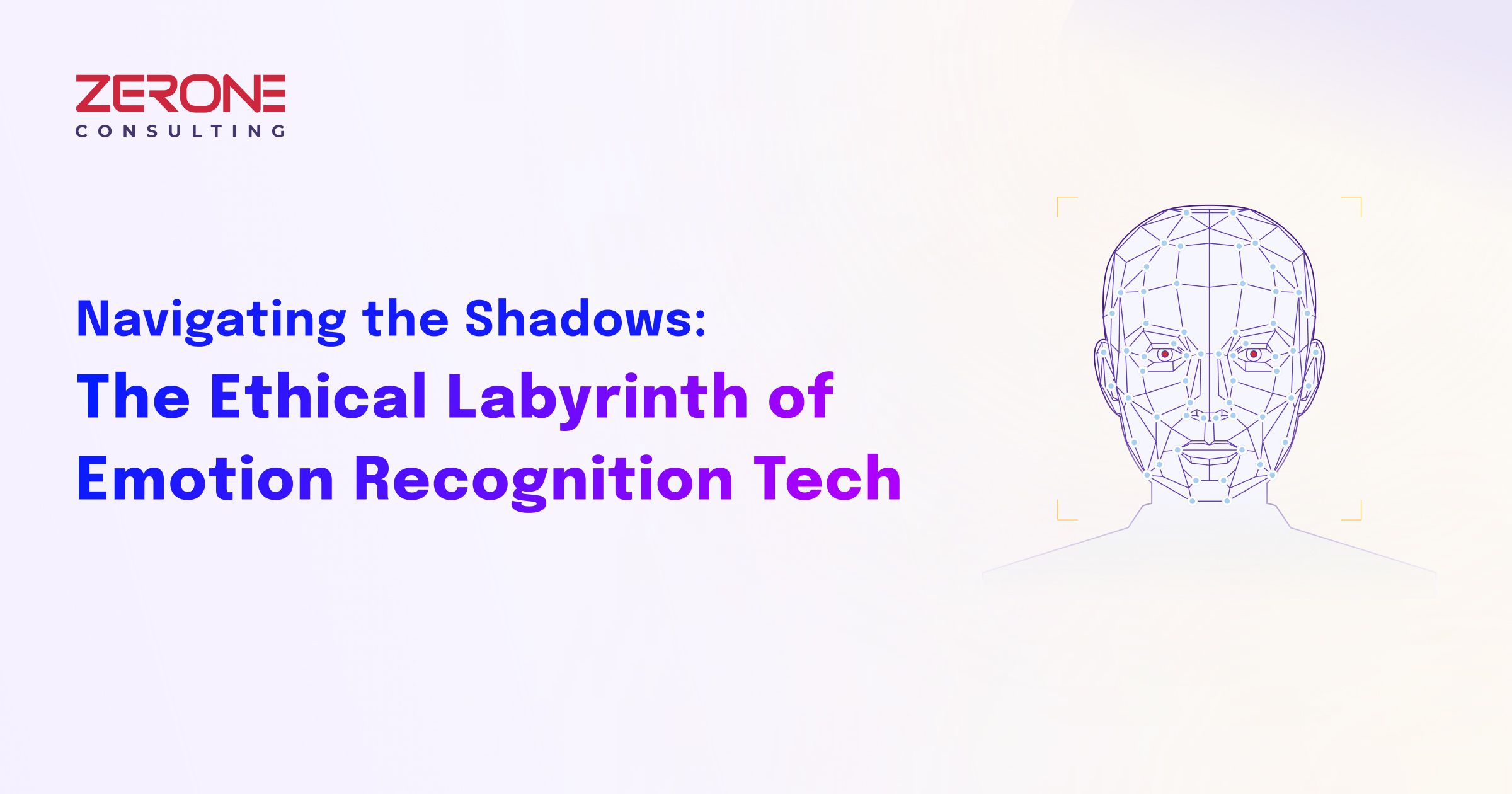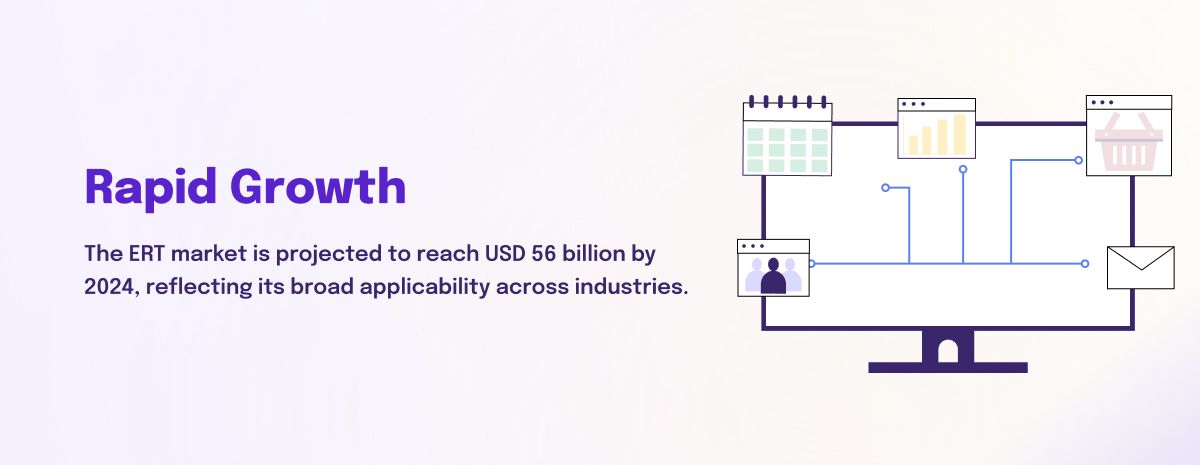Navigating the Shadows: The Ethical Labyrinth of Emotion Recognition Tech
Given the evolution of artificial intelligence, emotion recognition technology (ERT) emerges as one of the most intriguing yet contentious innovations. It promises to bridge the gap between human emotions and digital responses, aiming to revolutionize industries from healthcare to security. However, as we delve deeper into the capabilities of ERT, we navigate a complex ethical labyrinth that challenges our views on privacy, consent, and the very nature of human emotion.

Unveiling the Potential of Emotion Recognition
At its core, ERT leverages AI to interpret human emotions from various data sources, including facial expressions, voice intonations, body language, and even physiological signals. This technology has seen significant advancements in recent years, fueled by improvements in machine learning algorithms and data processing capabilities. The global market for emotion detection and recognition is expected to reach USD 56 billion by 2024, underscoring the growing interest and investment in this area.
Industries are keen to harness ERT for its potential to offer unprecedented insights into human behavior. In marketing, it's used to measure consumer responses to advertisements or products. Healthcare applications include monitoring patients for signs of distress or improving doctor-patient interactions. Even the automotive industry explores ERT to enhance safety by detecting driver fatigue or distraction.

Ethical Considerations and Societal Impact
However, the ascent of ERT is mired in ethical quandaries. One primary concern is privacy. As ERT can be deployed in public spaces or through personal devices, it raises questions about the consent of those being analyzed. Are individuals aware that their emotions are being monitored and interpreted? Furthermore, the accuracy of ERT comes into question. Emotional expression is highly subjective and culturally varied, leading to potential biases and misinterpretations by algorithms designed on limited datasets.
The implications of erroneous emotion recognition are vast, particularly in security and law enforcement, where misjudging someone's emotional state could have serious consequences. Additionally, the use of ERT in the workplace to monitor employee mood or engagement could lead to a dystopian scenario where individuals feel constantly surveilled, impacting mental health and autonomy.
Navigating the Ethical Labyrinth
Addressing these ethical challenges requires a multidisciplinary approach, blending technology design with insights from psychology, ethics, and legal studies. There's a pressing need for transparent algorithms that individuals can understand and inspect. Moreover, regulatory frameworks must evolve to protect emotional privacy, ensuring that individuals have control over when and how their emotional data is used.
The development of ERT also necessitates ethical AI practices, emphasizing the importance of creating diverse, inclusive datasets to train algorithms, thereby reducing biases. Stakeholders must engage in open dialogues about the societal implications of ERT, establishing guidelines that prioritize human rights and dignity.

The Future of Emotion Recognition: Ethical Innovation and Responsible Use
Looking ahead, the trajectory of emotion recognition technology hinges on our ability to navigate its ethical implications. Innovators and regulators alike must work collaboratively to establish standards that ensure ERT serves to enhance human well-being without compromising individual freedoms. The potential for positive impact is immense, from improving mental health care to creating more empathetic AI assistants. However, this future is only achievable if the development of ERT is guided by a commitment to ethical responsibility and societal benefit.
As we stand on the brink of this technological frontier, the path forward is fraught with challenges but also brimming with potential. The ethical maze of emotion recognition technology not only tests our technological prowess but also our societal values. How we navigate this labyrinth will define the role of ERT in our lives, potentially transforming it from a tool of surveillance into a means of understanding and enhancing the human experience.
We can help!
Navigating The Post-x Era: Exploring Alternative Social Media Platforms
#Applicationdevelopment
Navigating The Data Migration Surge With Generative Ai: A Strategy For 2024
#Applicationdevelopment



